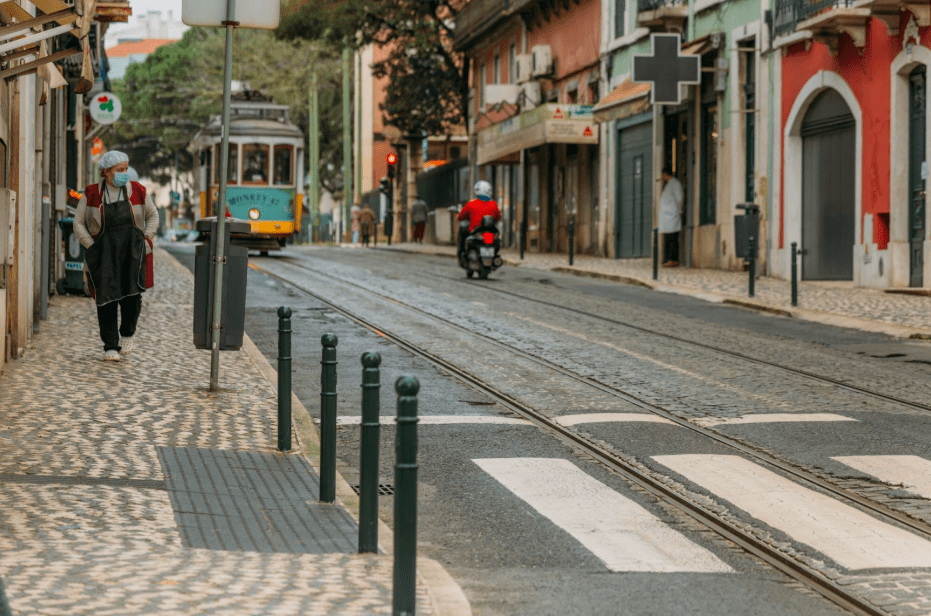Key Takeaways
- Sidewalk infrastructure in New York City plays a crucial role in supporting global trade logistical systems.
- Proactive sidewalk maintenance policies through technology can enhance urban mobility and safety.
- Improving sidewalks not only benefits local businesses but also strengthens NYC’s position in international logistics.
The Importance of Sidewalks in Urban Infrastructure
In today’s interconnected world, the design and management of urban areas are evolving, particularly with the emergence of smart cities. While innovation often focuses on advanced technologies, the significance of basic infrastructure, such as sidewalks, is frequently overlooked. In a bustling metropolis like New York City, sidewalks are not merely pedestrian pathways; they serve as vital channels for logistics and commerce.
The final leg of global trade involves navigating dense urban areas, where inadequate sidewalk conditions can create significant logistical challenges. Problems such as cracked pavements and illegal obstructions hinder delivery personnel, resulting in inefficiencies that ripple through global supply chains. This leads to increased delivery times, elevated costs, and even damaged goods.
Understanding sidewalk violations in NYC is essential. Property owners are responsible for maintaining adjacent sidewalks, and violations can arise from issues like uneven surfaces, trip hazards, and obstructions. These seemingly minor problems can create substantial barriers to logistics when scaled across the city.
New York City is a key player in international trade, with well-connected ports and transportation networks. However, maintaining its infrastructure is critical. Clear sidewalks are necessary for couriers and delivery workers to ensure efficient transport from distribution centers to customers. As consumer expectations shift toward same-day delivery, maintaining seamless infrastructure is vital.
Integrating Technology for Proactive Maintenance
The vision of a smart city extends beyond technology integration; it includes robust physical infrastructure. Addressing sidewalk maintenance aligns perfectly with the smart city ethos, allowing for improved pedestrian safety, optimized logistics, and enhanced urban mobility.
To elevate maintenance strategies, NYC could employ predictive solutions like IoT sensors to monitor conditions, AI analytics for forecasting wear, and partnerships to fund upkeep, especially in busy areas. These measures can help prevent deterioration, ensuring that sidewalks remain safe and accessible for both residents and the global trade sector.
Sustainability also plays a crucial role. Modern approaches to sidewalk maintenance can incorporate environmentally friendly materials and designs that enhance urban aesthetics while minimizing ecological footprints. Well-maintained sidewalks can facilitate more sustainable delivery methods, promoting eco-friendly transport options.
Maintaining Global Competitiveness
To remain competitive with other global trade hubs, NYC must prioritize sidewalk maintenance as part of its economic strategy. High-quality infrastructure is essential for seamless movement within the city, enhancing its role in global supply chains. By investing in sidewalk health, NYC can boost both the everyday lives of residents and its standing in international commerce.
Emphasizing sidewalk improvements as an economic imperative can help NYC retain its position as a critical player in global trade. A well-maintained urban environment is foundational for fostering effective logistics, ultimately aiding the city’s resilience against disruptions, such as those highlighted by the COVID-19 pandemic.
The content above is a summary. For more details, see the source article.















